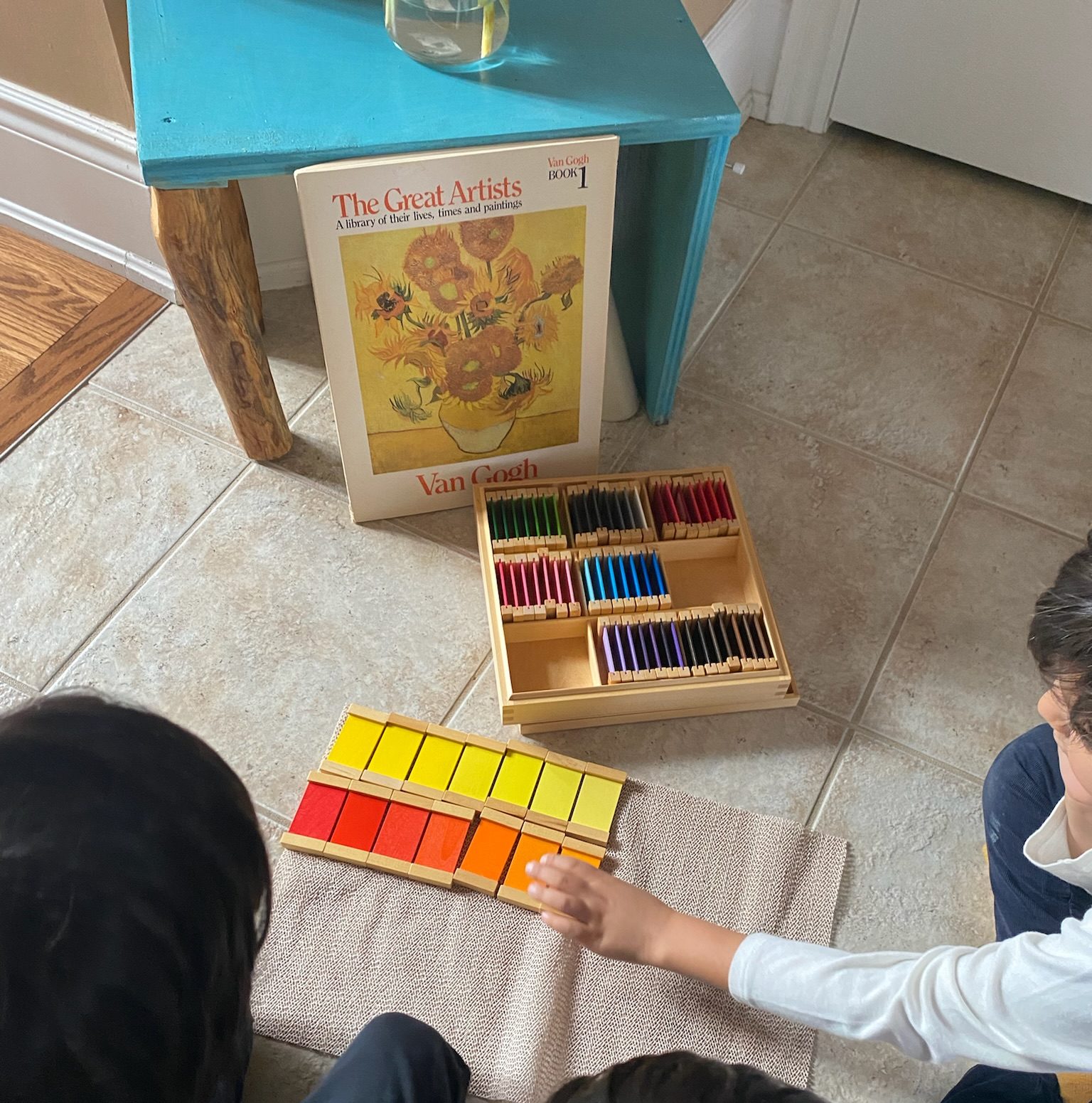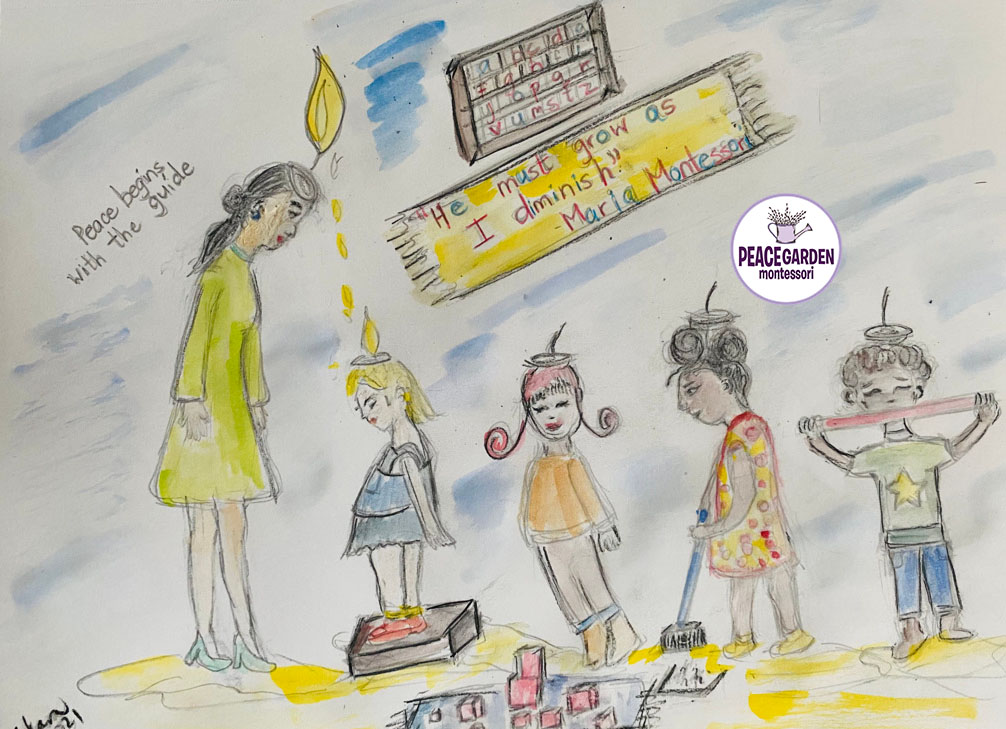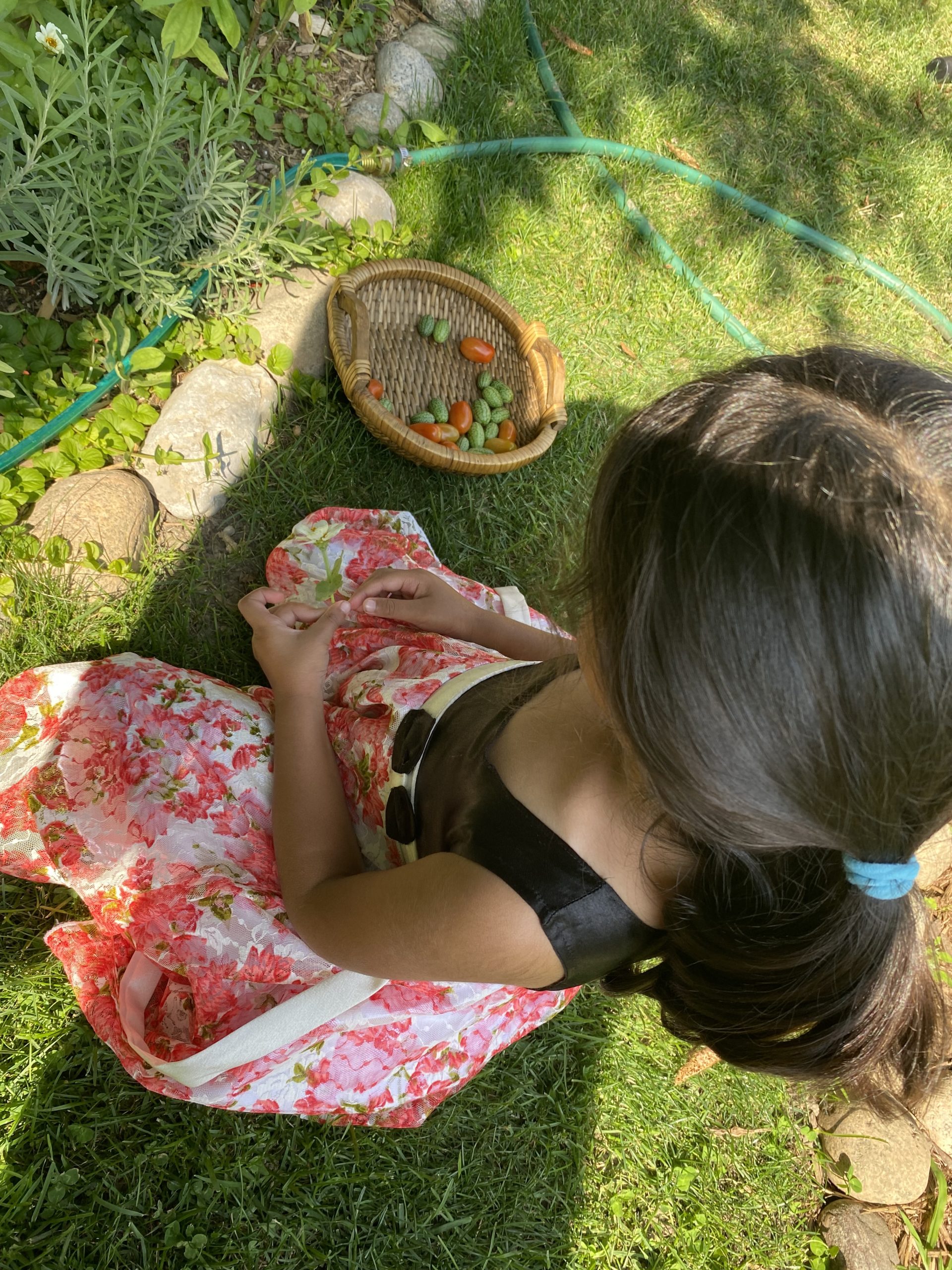22 Dec Montessori Holiday Tips! How to Practice the Montessori Method at Home
View this post on Instagram
Montessori Holiday Tips:
The Montessori way of teaching children has always been an approach that parents are looking at to foster a child’s independence and confidence. Being that this holiday season will probably keep us more indoors with our family, it is an ideal time to benefit from the wisdom of Montessori from your own home.
Parents can make their own prepared environment for their children that is self correcting and enticing to children to want to do things themselves-an environment where they listen to their own inner teacher! The following are tidbits found in all Montessori classrooms.
Here are some simple tips:
Mudroom Madness:
*Have an area where your child(ren) can hang their own coat and put away their boots. Use pegs or hooks at child level will do the trick. Buying some simple baskets as cubbies for your child to put away and organize their outdoor gear by themselves would make this an ideal area for learning. Your child(ren) can learn how to zip up their coats as well and this holiday time is the perfect opportunity for them to try.
The Busy Bathroom:
*This is another great place to encourage hand washing hygiene. Place a sturdy stool in the bathroom for them to reach the faucet and soap. With consistency, they will develop this healthy habit.
Kitchen Connoisseur
*I’m sure that during this holiday season, we will all spend a lot of time in the kitchen. Let the children join you by providing low level shelving and cabinets to put their snacks in next to where you may keep the snacks. When children are feeling peckish, they can help themselves. In the same way, have small cabinets (IKEA play kitchens are very useful) for their dishes and cutlery. The dollar store is the place to visit for utensils that are child size, like whisks, wooden spoons, pizza cutters, peelers, cutting boards and the like. A Montessori Learning Tower is a good investment for your child(ren) to help out with baking and food preparation. Other learning opportunities in the kitchen are setting the table, pouring liquids or dry things like cereal or beans, peeling, cutting and sorting silverware.
Keeping a small fridge just for your child to reach for cold snacks or liquids is useful, or a fridge drawer or shelf within child’s reach would be perfect for them to have access to whatever they desire.
Dust Bunnies and Crumbs:
At Peace Garden, the children love to dust and sweep. Small sized hand brooms, dusters (I even use small Swiffer Dusters), cleaning cloths and garbage cans make cleaning easy and joyful for children!
Dressing Themselves:
Allow your children to dress themselves over the holidays when there is not any pressure to get to work or school. Give them the time they need to figure out how to put on articles of clothing so as to learn coordination and be conscious of how to work their arms and legs to put and take off clothing.













